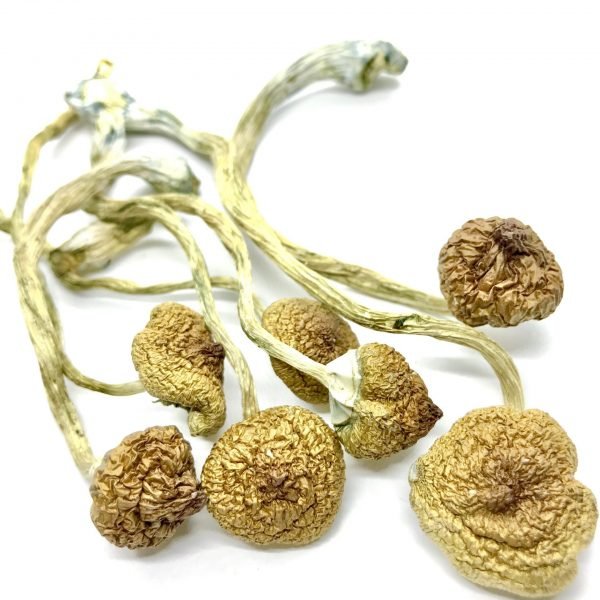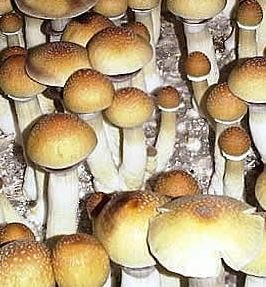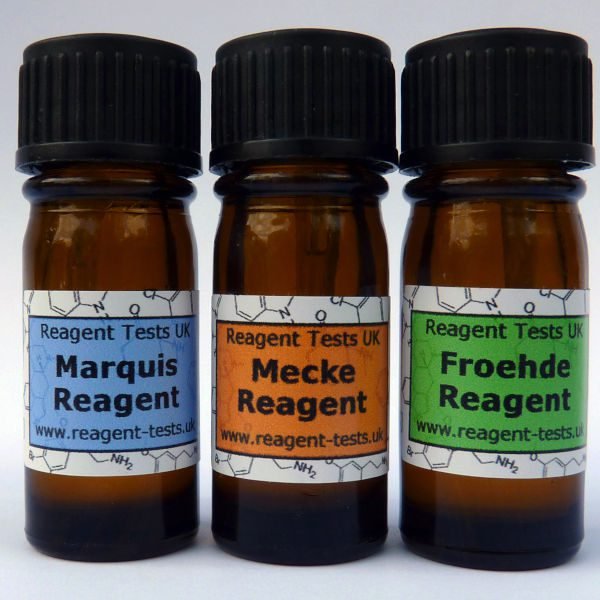Description
Mammoth mushrooms are gaining attention in the world of health and nutrition. As a versatile ingredient and a rich source of nutrients, they can enhance your meals while offering numerous health benefits. This article delves into the wonders of mushrooms, including their nutritional profile, health benefits, culinary uses, and how to incorporate them into your diet.
What Are Mammoth Mushrooms?
Mammoth mushrooms, scientifically known as Lycoperdon perlatum, are large, edible fungi that thrive in forested areas. They are characterized by their unique appearance, resembling a large puffball. When mature, these mushrooms turn a creamy white color with a spongy texture.
Nutritional Profile of Mammoth Mushrooms
Mammoth mushrooms are not just a culinary delight but also a nutritional powerhouse. Here are some key nutrients found in these mushrooms:
- High in Protein: These mushrooms provide a plant-based source of protein, making them an excellent option for vegetarians and vegans.
- Rich in Vitamins: They contain essential vitamins such as B vitamins (B1, B2, B3, B5, and B6), which are crucial for energy production and overall health.
- Minerals: These mushrooms are a good source of minerals like potassium, phosphorus, and selenium, which support heart health and immune function.
- Antioxidants: They are are rich in antioxidants that combat oxidative stress and inflammation in the body.
Health Benefits of Mammoth Mushrooms
1. Boosts Immune System
They contain polysaccharides that are known to enhance immune function. Regular consumption can help your body fend off infections and illnesses.
2. Supports Digestive Health
The dietary fiber found in these mushrooms aids digestion and helps maintain gut health. Including these mushrooms in your diet can promote regular bowel movements and prevent constipation.
3. Anti-Inflammatory Properties
Mammoth mushrooms possess anti-inflammatory compounds that can help reduce inflammation in the body. This is beneficial for managing chronic conditions like arthritis and cardiovascular diseases.
4. Aids Weight Management
Low in calories and high in nutrients, Mammoth mushrooms can be a valuable addition to a weight management plan. They provide a feeling of fullness while delivering essential nutrients.
Culinary Uses of Mammoth Mushrooms
Mammoth mushrooms are incredibly versatile in cooking. Here are some popular culinary uses:
- Stir-fries: Sauté Mammoth mushrooms with vegetables and your choice of protein for a delicious stir-fry.
- Soups: Add them to soups and stews for a rich flavor and nutritious depth.
- Salads: Enjoy them raw or lightly cooked in salads to add texture and flavor.
- Pasta Dishes: Incorporate Mammoth mushrooms into pasta recipes for an earthy taste.
How to Incorporate Mammoth Mushrooms into Your Diet
1. Start with Fresh Options
When choosing Mammoth mushrooms, opt for fresh ones whenever possible. You can find them at local farmer’s markets or specialty grocery stores.
2. Experiment with Cooking Techniques
Try different cooking methods such as grilling, roasting, or sautéing to discover the preparation that best enhances their flavor.
3. Pair with Complementary Ingredients
Mammoth mushrooms pair well with various ingredients such as garlic, herbs, and spices. Combining them with other nutritious foods can create a well-rounded meal.
Conclusion
Mammoth mushrooms are not just a culinary delight; they are also packed with nutrients that contribute to various health benefits. By incorporating these superfoods into your diet, you can enhance your meals while reaping the rewards of their nutritional profile. Whether you enjoy them in soups, stir-fries, or salads, Mammoth mushrooms are a fantastic addition to any healthy eating plan. Embrace the incredible benefits of Mammoth mushrooms and explore their versatility in your kitchen today!












Reviews
There are no reviews yet.